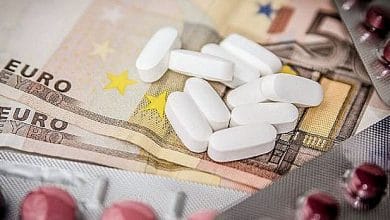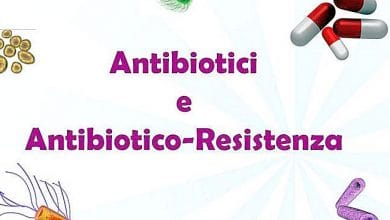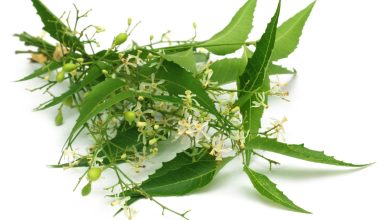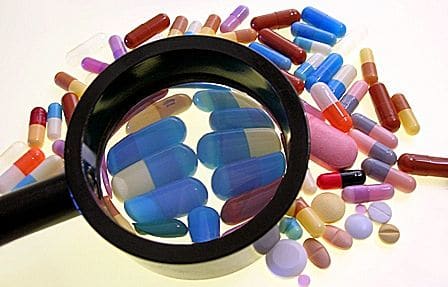
 There are 12 new drugs (the 29%) approved in 2014 in America destined to become 'blockbusters'. But within 5 years only 3 (the 7%) of these will be able to break the 'barrier' of 2 billion dollars in sales. An analysis published in 'Nature Reviews Drug Discovery' has taken the snapshot of the marketing activity of new medicines by the regulatory body FDA.
There are 12 new drugs (the 29%) approved in 2014 in America destined to become 'blockbusters'. But within 5 years only 3 (the 7%) of these will be able to break the 'barrier' of 2 billion dollars in sales. An analysis published in 'Nature Reviews Drug Discovery' has taken the snapshot of the marketing activity of new medicines by the regulatory body FDA.
The FDA's Center for Drug Evaluation and Research (CDER) approved 41 new therapies in 2014, including 11 biologics. Approvals increased by more than 50% over the 27 drugs that were licensed in 2013 and up to 30% over the past 5-year average of 31.6 drugs per year. According to Chris Milne, director of research at the Tufts Center for the Study of Drug Development in Boston, it was one of the most productive years, in quantitative terms in the history of the FDA, surpassed only by 1996.
“In terms of innovation, however – Milne points out – I would assign 2014 a score of 2 out of 3. In fact, the list of approved drugs includes many cases of agents that operate on the same objectives and in the same indications. Furthermore, “the FDA has approved 4 new drugs for type 2 diabetes, for example, but dapagliflozin and empagliflozin were the second and third inhibitors of sodium glucose cotransporter 2 (Sglt2), respectively, while albiglutide and dulaglutide were the fourth and fifth Glp-1 receptor agonists, respectively”.
From a commercial point of view, 2014 could also be less performing than 2013, in which a small number of new molecules had been approved, according to the analysis by Nature, also reported on the AIFA website. According to the Boston Consulting Group, which takes into account approvals from the Center for Biologics Evaluation and Research and new drug applications, the 53 noteworthy approvals in 2014 will generate 48 billion euros in aggregate sales, while the 36 approvals in 2013 are expected to top $53 billion.
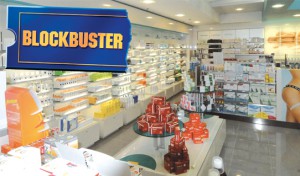 Continuing the parallel to 2013, that pool of approved drugs included 13 (48%) expected to become blockbusters within 5 years, 6 of which (22%) were expected to earn over $2 billion in annual sales. According to Mullard, the most successful potential drugs approved in 2014 also constitute the most scientifically relevant approvals of the year.
Continuing the parallel to 2013, that pool of approved drugs included 13 (48%) expected to become blockbusters within 5 years, 6 of which (22%) were expected to earn over $2 billion in annual sales. According to Mullard, the most successful potential drugs approved in 2014 also constitute the most scientifically relevant approvals of the year.
Among these, pembrolizumab and nivolumab are the first cancer immunotherapies that inhibit programmed cell death 1 (Pd1) proteins, and oncologists hope that by combining this class of drugs with other immunotherapies, kinase inhibitors and chemotherapies, they could change the landscape in the fight against cancer. The fixed-dose combination of ledipasvir and sofosbuvir, meanwhile, has become the first oral therapy for hepatitis C virus genotype 1. Next year, Mullard said, it could see late-stage advances on multiple fronts, including cholesterol ester protein transfer inhibitors, Pcsk9 enzyme inhibitors, and oncolytic viruses.
The FDA approved 9 (22%) oncology drugs last year compared to 9 (33%) in 2013 and 13 (33%) in 2012. There were nine (22%) approved drugs for infectious diseases, up sharply from 3 (11%) in 2013. In addition to new HCV and HIV drugs, they add four antibiotics that have been approved under a specific schedule. In Mullard's analysis, orphan drugs deserve particular mention.
In fact, the past year was the best to date for treatments against rare diseases, with 17 (41%) medicines receiving orphan designation. Suffice it to say that the Agency had approved 9 (33%) new orphan molecular entities in 2013, 13 (33%) in 2012 and 11 (37%) in 2011.
Every single oncology approval in 2014, for example, was for a so-called orphan drug. The agency also approved 9 drugs (22%) in 2014 that had received breakthrough therapy designation.
According to Boston Consulting Group analysis, these active ingredients accounted for 50% of commercial potential for all of 2014. 6 of the 12 approvals with potential to become a blockbuster were innovative designated therapies, including the four drugs with the best sales expectations. Finally, the FDA approved 8 drugs (20%) with the accelerated approval path.

